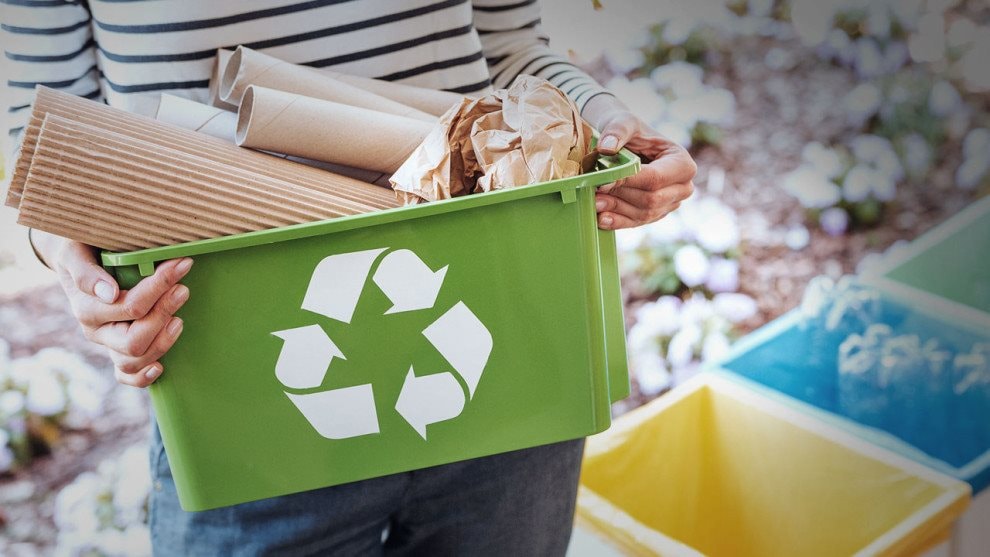When people talk about plastic bag, they focus on how to dispose of them effectively. However, the impact of these bags begins before disposal. The best way to assess the environmental impact of a product is to use life cycle assessment methods. That give us a more comprehensive view of the impact at each stage of its existence
The life cycle of a bag is as follows:
Birth:
First, from virgin plastic granules created from petroleum. The chemical components of petroleum are separated by fractional distillation to create valuable plastic granules for production and consumption needs.
Unused virgin plastic granules are usually naturally white. When used, people often add colorants to get different colors such as: blue, red, purple, yellow…

Life of plastic bag:
And to this day, nylon has changed the world. The advantages of being soft, smooth but durable, waterproof, resistant to weather phenomena, and especially, it can resist the effects of nature such as mold or insects, so since its inception until now, this material has proven its superiority and quickly covered most of the fields, manufacturing industries, services and social life such as agriculture, industry, transportation, construction… We sleep on sheets, step on kitchen mats, wear clothes every day, cover ourselves with umbrellas when it’s sunny, cover ourselves with raincoats when it rains, wear socks when it’s cold and even our daily eating bowls can be made of materials made from plastic particles of nylon fibers, or nylon pieces, the material that we still call plastic.

“Die” of plastic bag:
This is where the problem of waste is concentrated. Waste includes problems such as littering, blocking the flow of rivers. Besides, they are canals, destroying the landscape, causing landfills and sky-high fees for sanitation and waste treatment. Non-biodegradable plastic bags are the main culprits of all the above serious problems, even biodegradable bags (bags made from bioplastic and paper bags) have long-term effects on the environment. Statistics show that 80% of paper bags are not recycled, so they eventually accumulate into huge piles of garbage that have a negative impact on the environment no less than plastic bags.
It is estimated that in the Americas, 12 million barrels of oil are used to produce plastic bags each year.

Therefore, instead of finding more optimal solutions for waste treatment, it is recycling.
Recycling:
Plastic bag after being collected from many sources will be concentrated and transferred to the factory. Here, the plastic rolls will be cleaned and classified. After being classified, they will be put into a grinder to form small plastic flakes called flakes. Then, the plastic flakes are melted and put through an extruder. At the extruder, the plastic will be pressed into fibers like vermicelli, then through a cutting machine to form small particles, these are recycled plastic particles. Recycled plastic particles are transferred to manufacturing plants, can be blown to form plastic bags, or put into plastic extruders to form many other plastic products such as pallets, plastic daily necessities, baskets, shelves, etc.
For more information about Hanpak’s plastic bag products, please contact us:
Email: info@hanpak.com.vn
Hotline (Mobile/WhatsApp): +84 898 545 893
Our experienced sales team is ready to assist you. Contact us today to place your order and experience the quality and reliability that Hanpak offer.

